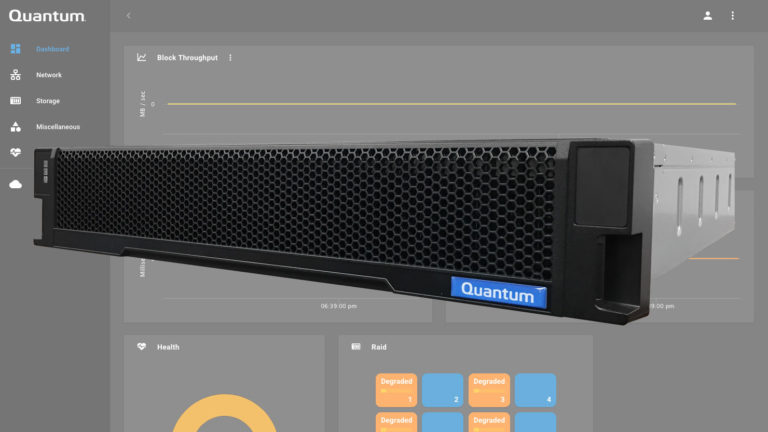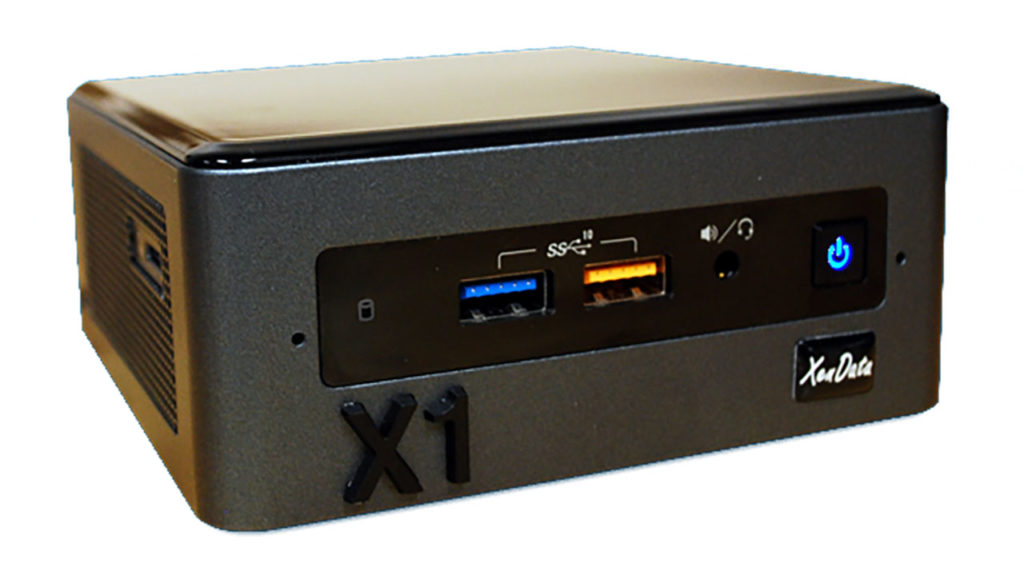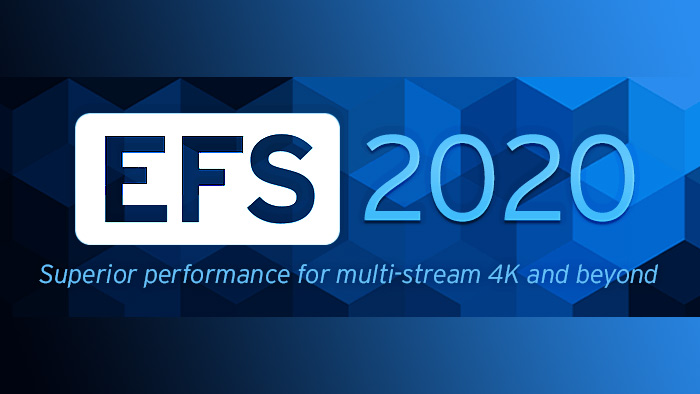
When storage is deployed in post, it has to do a lot more than just distribute terabytes around the facility. Due to the specific needs and demands of high-end post-production, shared storage needs to be not only exceptionally high performance, but also intelligent about the nature of media files themselves and how they are used in highly efficient workflows. That's why ProMax is describing its new Platform Series 4 as a "workflow server." That sounds like a buzzword, but ProMax really is introducing advanced new capabilities that address ingest and delivery. We asked ProMax VP of Marketing David Carter to explain the company's thinking.
StudioDaily: "Workflow server" is a fairly new term. Can you explain exactly what it means?
David Carter: Yes, this is definitely a new concept for our industry. We consider Platform Series 4 a “workflow server” because it increases the speed and efficiency of content creation by managing workflow processes that you would typically have to execute manually on individual systems. For example, a Platform Series 4 server can take newly ingested media, index it, generate proxies for search and preview, and then convert it to a mezzanine codec for editing. Later in the workflow it can be used to render out compositions and transcode media for final delivery. Because the server has direct access to the onboard shared storage it is able to do these things much more effectively than if you had to transfer the media around between multiple systems.
What categories of projects and customers will benefit most from this kind of workflow server, as opposed to previous generations of ProMax shared storage?
Previous versions of Platform were focused around high performance, high quality storage for online editing and delivered the most value for post-production groups. In Platform Series 4, we’ve not only improved the performance of the storage but the added functionality means almost every aspect of the video production workflow can be improved, from ingest to delivery. You can also record directly to the shared storage from cameras, decks and production devices such as NewTek’s TriCaster. When Platform Portable is released in late November, it will be the first mobile workflow server for video and will enable all new collaborative workflows for customers doing onset/onsite productions and DIT.
Tell us about Platform's expansion module system — and what exactly is Share Extreme, which we've heard about in relation to 4K performance?
In Platform Series 4, many of the modules that were previously added to expand functionality of the server are now included in the base system. For example, a transcode engine as well as media asset management are now built-in and require no additional license fees. Expansion modules for archive and SDI direct capture can also be added to further increase the functionality of the system. The Share Extreme module is a high-performance disk system that can support up to 10 concurrent streams of ProRes 4K UltraHD, enabling true online editing and collaboration for 4K projects.
How does Series 4 interact with on-set workflows for ingest of camera data and quick delivery of transcoded media?
Platform servers have a number of ports that enable direct ingest to the shared storage system from Thunderbolt to USB3 and FireWire, and the Platform Studio server features a built-in card reader. As the new footage is ingested Platform can automatically transcode it and output to a shared volume for easy access. Platform also supports direct capture workflows over SDI and HD-SDI and so that you can record directly to the shared storage from your cameras and capture devices.
Now that Gone Girl's bleeding-edge 6K workflow is turning heads, what's your take on SSD storage?
SSD storage has really improved workstations’ ability to handle large projects and uncompressed formats, but in a shared storage system the cost/benefit equation is still upside down. You can get better performance per TB/$ out of 12G SAS drives and so this is still a better investment for most video production environments. As SSD capacities increase and prices come down in the future, though, we could see that cost/benefit equation level out.
What else is going to change the way shared storage is used for media production over the next few years?
We believe that to increase efficiency and reduce the time to delivery, connecting workflows is the key. To that end, we see the Shared Storage system as the hub to connecting workflows. That said, shared storage alone is just a starting point. You need much more capability and intelligence in your server environment to really get to the promise of efficient end-to-end content creation.
Crafts: Storage
Sections: Technology
Topics: Q&A david carter platform series 4 promax shared storage workflow servers
Did you enjoy this article? Sign up to receive the StudioDaily Fix eletter containing the latest stories, including news, videos, interviews, reviews and more.










Leave a Reply